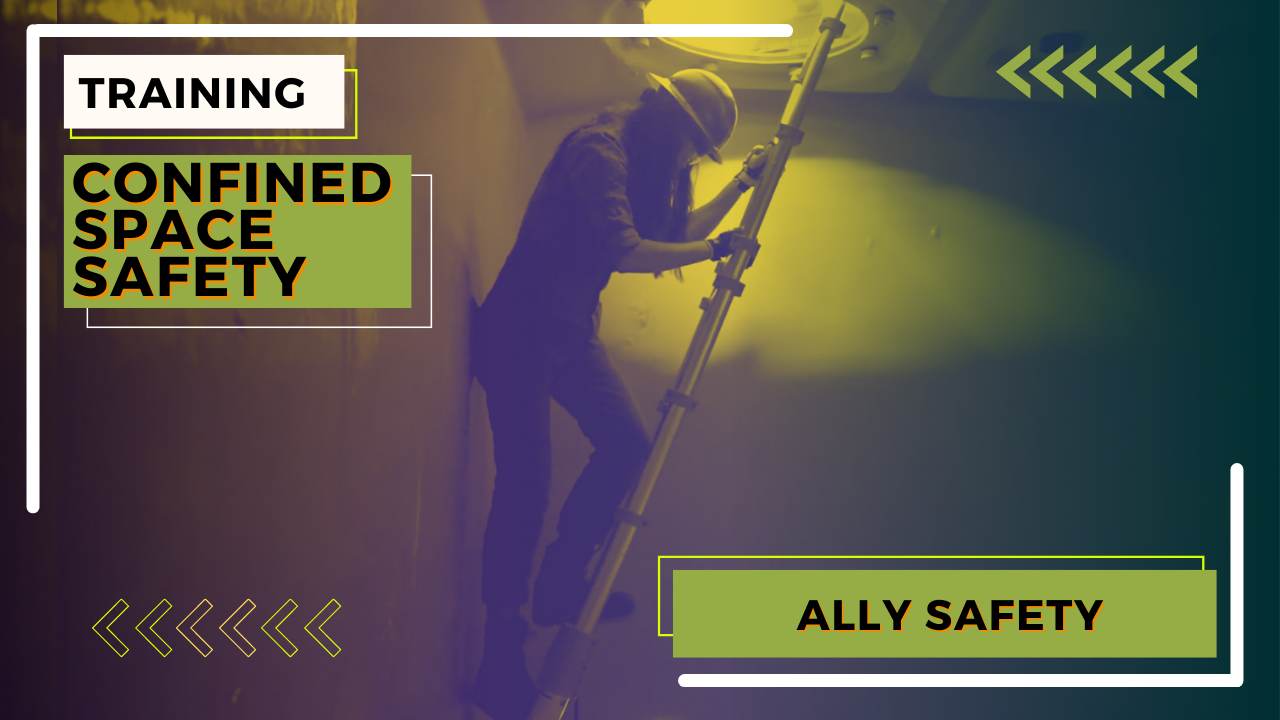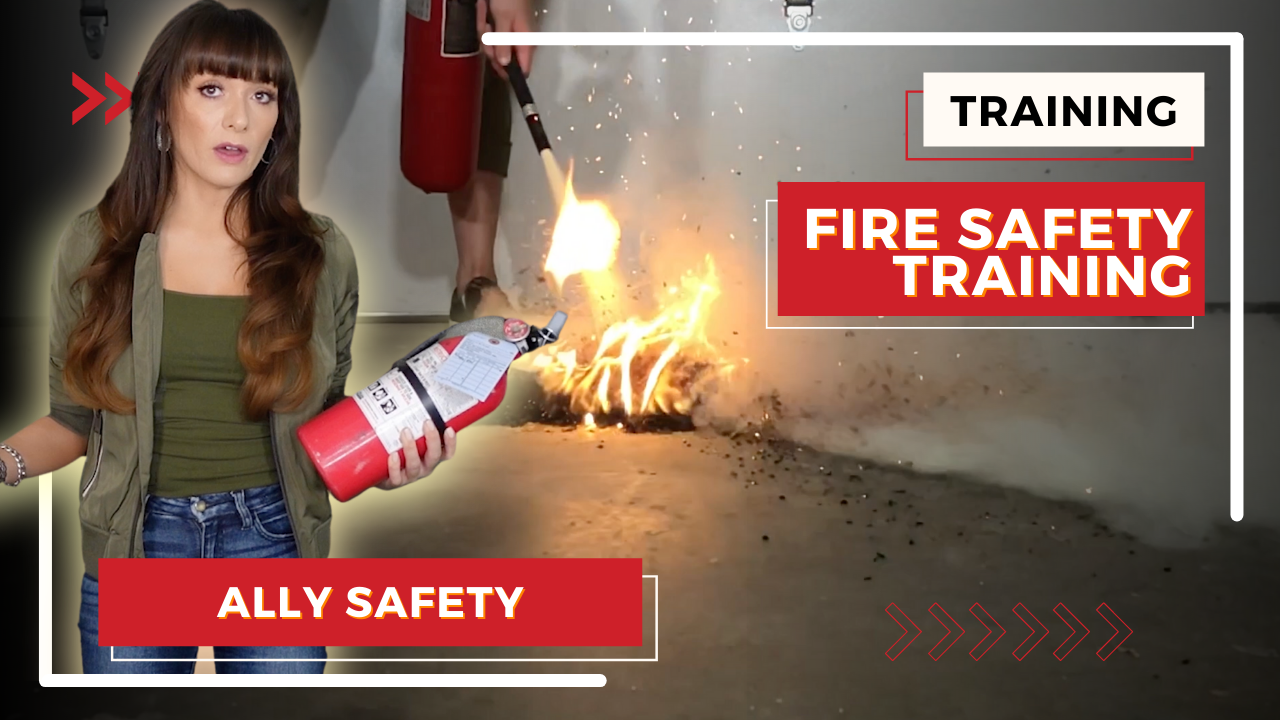Confined Space Entry Training: Essential Safety with Ally Safety
Working in confined spaces is a unique challenge that demands specialized training and a keen focus on safety, especially in industries like construction and manufacturing. At Ally Safety, we’re here to empower you with the knowledge and skills to navigate these challenging environments safely. Our confined space entry training is designed to ensure employee safety and compliance with regulatory standards, covering vital areas like hazard recognition, emergency procedures, and the use of safety equipment.
Let’s dive into the essentials of confined space training, the importance of certification, and how recognizing hazards and obtaining permits can enhance workplace safety. We’ll also explore rescue training and the latest innovations in safety equipment.
Understanding Confined Space Training
Confined space training equips workers with the skills to manage the risks of working in tight spaces. Our training focuses on preventing accidents and ensuring workers can perform their tasks safely. Here’s what a typical program includes:
- Hazard Recognition: Spotting dangers like toxic atmospheres and limited oxygen.
- Emergency Procedures: Knowing how to handle emergencies, including evacuations and rescues.
- Use of Safety Equipment: Proper use of personal protective equipment (PPE) and safety tools.
- Regulatory Standards: Understanding OSHA regulations, which you can explore further at the OSHA website.
The Importance of Confined Space Certification
Certification is crucial for safety and compliance in industries involving confined spaces. It confirms that employees are trained to handle the challenges and risks these environments present.
- What It Is: A formal acknowledgment of completed training necessary for safe entry and work in confined spaces.
- Certification Process: Completing a program covering safety procedures, hazard recognition, and emergency response, aligned with OSHA standards.
- Benefits:
- For Employees: Provides the skills to safely perform tasks, reducing accidents.
- For Employers: Ensures compliance and enhances workplace safety culture.
Recognizing Confined Space Hazards and Permit Requirements
Understanding the hazards of confined spaces and the importance of permits is key to preventing accidents.
- Common Hazards: Risks include poor ventilation and toxic atmospheres. Recognizing these is the first step in mitigation.
- Permit-Required Confined Spaces: Spaces with specific hazards that require a permit for entry, ensuring all safety measures are in place.
- Obtaining a Permit:
- Conduct a thorough assessment to identify hazards and establish safety protocols before entry.
- Display the permit at the entry point to maintain safety and compliance.
For more detailed information, visit the OSHA website.
Confined Space Rescue Training
Rescue training is vital, equipping teams with skills for effective emergency response in confined spaces. It focuses on:
- Rescue Techniques: Learning methods tailored to specific scenarios.
- Use of Rescue Equipment: Proper use of tools to ensure safe operations.
- Team Coordination: Emphasizing teamwork and communication.
- Emergency Response Planning: Crafting detailed plans to minimize response time.
Real-world examples, like those in OSHA's case studies, highlight the importance of proper training and preparation.
Innovations in Confined Space Equipment
New tools and technologies have transformed safety practices, offering enhanced protection for workers. Latest innovations include:
- Advanced Breathing Apparatus: Provides better air quality and longer usage times.
- Portable Gas Detectors: Offer real-time monitoring and alerts for gas levels.
- Improved Communication Devices: Ensure clear communication in noisy spaces.
- Robotics and Drones: Enable remote inspections, reducing the need for human entry.
For more insights, read the article on Confined Space Equipment: Safety Innovations.
Conclusion and Next Steps
Confined space entry training is essential for safety in heavy industries. From understanding training basics to recognizing hazards and obtaining permits, each step plays a vital role in worker protection. Certification ensures compliance, while rescue training prepares teams for emergencies. Innovations in safety equipment continue to improve protocols.
At Ally Safety, we’re committed to providing solutions for workplace safety. Our Safety Training Courses and Toolbox Talk Video Membership offer engaging resources that align with OSHA requirements. Explore these resources to enhance your safety programs and ensure compliance. Together, we can create safer workplaces for everyone.



Leave a comment
All comments are moderated before being published.
This site is protected by hCaptcha and the hCaptcha Privacy Policy and Terms of Service apply.